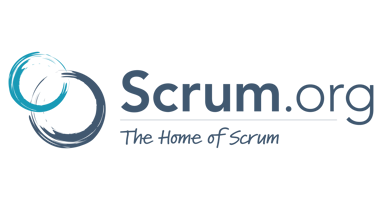Scrum
6d
370

Image Credit: Scrum
Scrum Team 3D Reality Model: Path to Agile Product-Oriented Organisation
- Less than half of Agile practitioners report success at scale, highlighting the need to rethink Scrum implementation for Agile Product-Oriented Organizations.
- Introducing the 3D Reality Model for Scrum Teams, aiming to guide organizations towards becoming Agile Product-Oriented.
- 44% of agile practitioners find enterprise Agile somewhat successful for their organizations, indicating room for improvement.
- The model emphasizes the importance of a reference point for Scrum Teams in medium to large organizations to thrive effectively.
- Scrum teams need to align with organizational realities, which can be complex and challenging to navigate.
- The 3D Reality Model incorporates three dimensions - Portfolio (Height), E2E Value Flow (Width), and Cross-Org Collaboration (Depth).
- Implementing Kanban within the model can enhance transparency, ownership, and agility for organizations moving towards a product-oriented structure.
- Scrum Teams are positioned at the core of the model, linking with business objectives and operational realities, supported by Kanban-driven dimensions.
- Organizations are encouraged to evolve toward product-oriented structures by placing Scrum Teams at the center, backed by Kanban systems for communication and workflow management.
- The 3D Reality Model provides a framework for organizations to shift towards Agile Product-Oriented Operations, promoting transparency and agility at scale.
Read Full Article
22 Likes
For uninterrupted reading, download the app